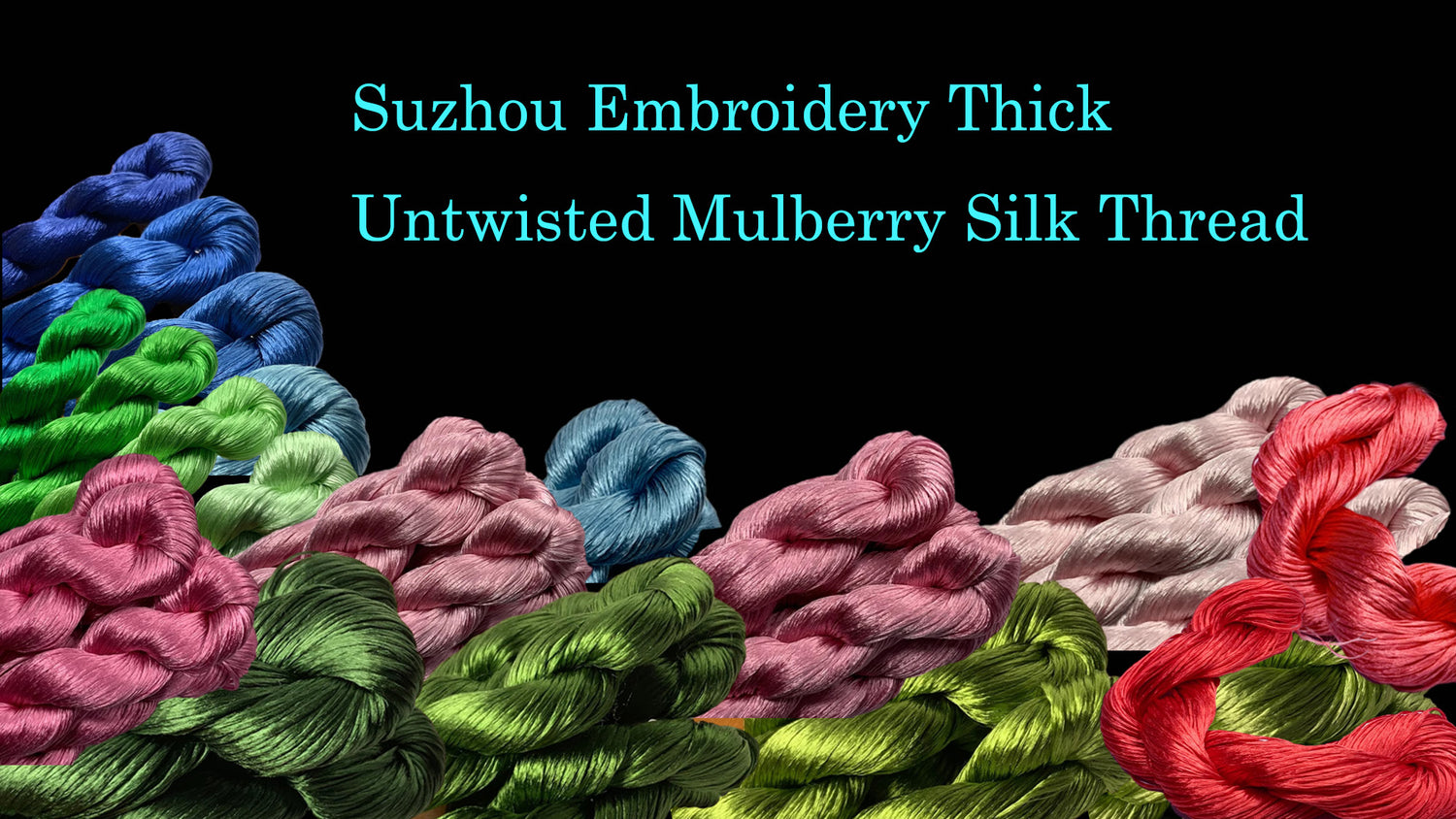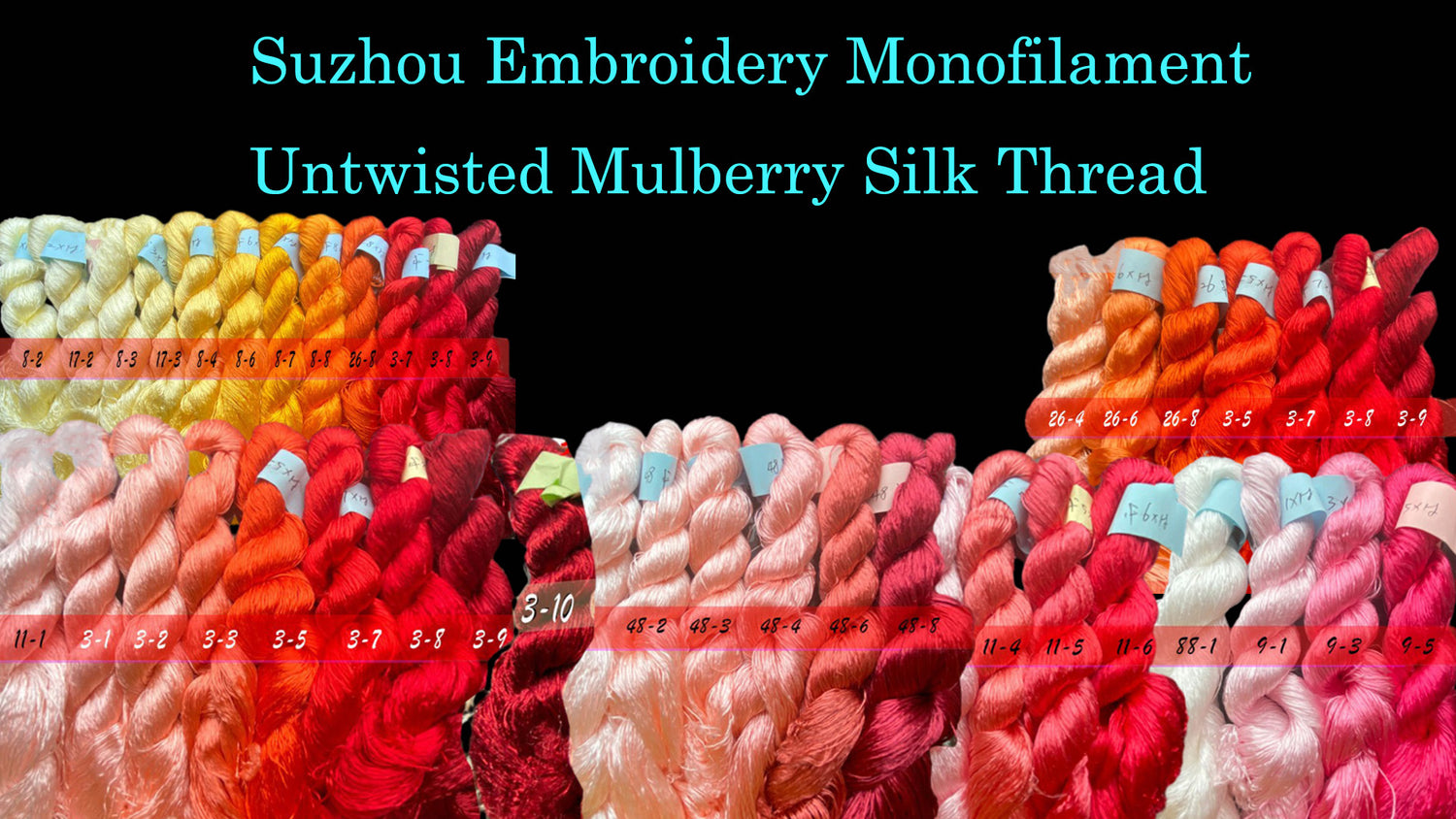
Brass wire Annealing Tutorial - Ronghua(Velvet Flower)
Share
Why should brass wire be annealed?
Because the hardness of ordinary brass wire is relatively high, it is difficult to twist.
Annealed brass wire specifications:
When making Ronghua(Velvet Flower) and velvet strips, you should preferentially choose 0.15mm or 0.2mm annealed brass wire. Beginners can also use annealed copper wire. Compared with annealed brass wire, annealed copper wire is softer, which is better for beginners to practice twisting.
However, the toughness of annealed copper wire is worse than that of annealed brass wire, and it is easy to break when twisting, so annealed copper wire is generally not recommended.
Brass wire annealing steps:
1.Prepare a roll of 0.2mm brass wire, a pen, a wire winding tool about 15cm long, which can be a wooden board or other tools, as shown in Figure 1.
Figure 1
2. Put the pen on the top of the wire winding tool, take out the brass wire and wind it (as shown in Figure 2), usually wind 100 turns or 200 turns (easier to anneal), and then cut it off (as shown in Figure 3). You need a separate pair of scissors to cut the brass wire.

Figure 2

Figure 3
3. Pull out the pen (as shown in Figure 4), and take off the brass wire loop (as shown in Figure 5)

Figure 4

Figure 5
4. Find the two ends of the brass wire, straighten them (as shown by the red arrow in Figure 6), to avoid the two ends of the brass wire winding into the brass wire loop; the remaining brass wire loop is wound into an 8 shape (as shown in Figure 7), and then folded into a small circle (as shown in Figure 8).

Figure 6

Figure 7

Figure 8
5. Use the two ends of the brass wire to tie the brass wire loop tightly, fix the brass wire loop (as shown in Figure 9), and stuff the remaining wire head of the binding brass wire into the brass wire loop to ensure that the brass wire loop is neat and there are no extra wire heads (as shown in Figure 10).

Figure 9

Figure 10
6.Put the tied brass wire on the open flame to burn, the brass wire should be placed on a flat rack, and cannot be directly thrown on the open flame to ensure that the brass wire is heated evenly, and use the medium fire to burn brass wire red (as shown in Figure 11).
Figure 11
7. Let the burned brass wire cool naturally. The cooled brass wire is as shown in Figure 12, and then check whether the annealed brass wire that has been burned is qualified.
Figure 12
How to judge whether the annealed brass wire is qualified
1.After the brass wire is burned, take a brass wire and fold it and twist it with your thumb and index finger (do not use anti-slip powder). If you can easily twist the two brass wires together, it means that the softness of the brass wire is already okay.
2.Take two burned brass wires and repeatedly twist them on the twisting board. If they do not break, it means that the toughness of the brass wire is qualified.
Note: Qualified annealed brass wire must meet both softness and toughness requirements. The burned brass wire can be used directly, and the burned copper wire needs to be boiled repeatedly with alum, and can be used only after it is cleaned.
You can click here to watch the video on Instagram.










2 comments
I’m interested to learn more please 🙏
Thank you very much. One question. How do you catch the silk threads? Are the two wires twisted in one side , open to catch the threads and then twisted again?